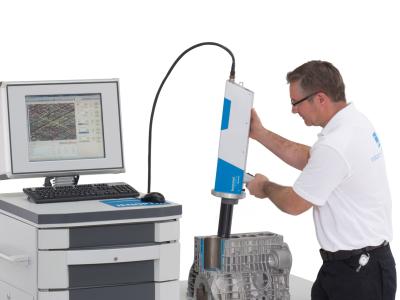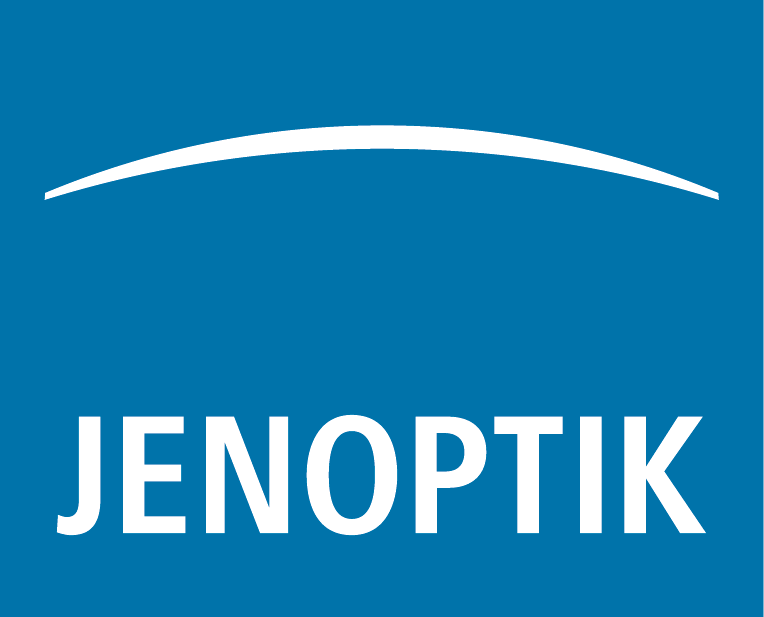
The Hommel-Etamic Toposcan is a system used for measuring the surface of cylinder bores larger then 60mm in diameter. The Toposcan is capable of automatically measuring the size of porosity and blow holes, stroke reversal radius, laser pocket structures, roughness of bore walls, torn and folded metal and cross-hatch angles. It can be used either for R&D tasks or in the production line.
Optical testing of bore surface structure characteristics and tactile measurement of surface roughness is accomplished with a compact 60mm measuring probe. It offers optical zoom from 30 to 210 times for inspecting even the finest structures. Complete evaluation of the cylinder surface is accomplished through optical inspection and roughness measurement at any position.
The numerical and graphical output of the roughness parameters and the profiles can be combined with the image evaluations in one report to provide compact and informative documentation.
Its light weight and ergonomic design make mobile use simple and practical and it easily adapts to different bore diameters. The centering plate is adapted to the diameter of the cylinder bore. Manual radial probe positioning is performed by the operator.
The Toposcan OR150 includes a lighting unit and a roughness probe for determining all selected surface characteristics. Important functions, such as motorized axial positioning, zoom and focus setting and lighting regulation, are carried out using the computer. The roughness standard allows for immediate verification of the measuring system. Cylinder bore surface is instantly displayed on the computer screen.
The basic Toposcan system is utilized for optical testing and an advanced model can complete additional tactile roughness measurement. Both versions include a mobile workstation for easy transport around the production environment.
The user-friendly TOPOWIN software can be operated intuitively and offers a standardized interface for optical surface inspection and roughness measurement.
Other advantages to the Toposcan include clear, well-arranged user interface, imaging of a plateau-honed surface, display of finest structures of new surfaces, high inspection rates and user-independent results thanks to automated measuring runs. Local correlation of optical inspection and tactile roughness measurement.
Contact Details
Related Glossary Terms
- centering
centering
1. Process of locating the center of a workpiece to be mounted on centers. 2. Process of mounting the workpiece concentric to the machine spindle. See centers.

